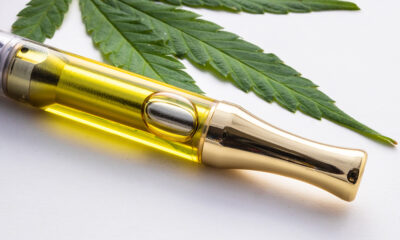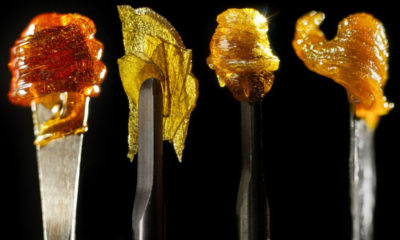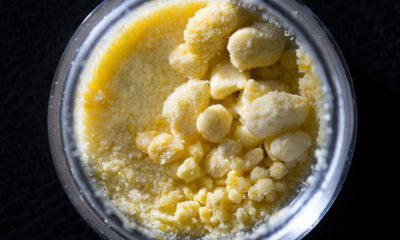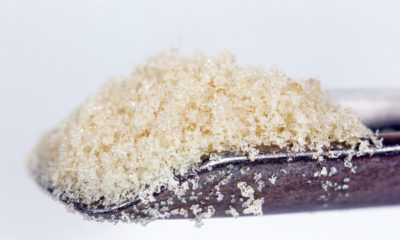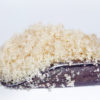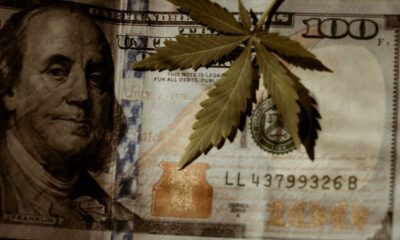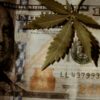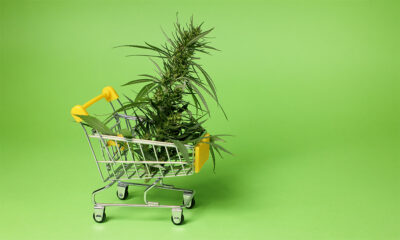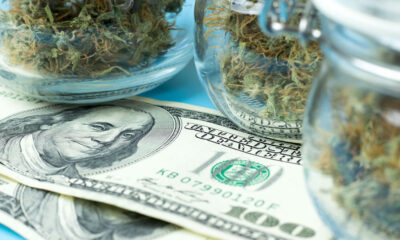
Economics
Cannabis Concentrates Are a Multi-Billion Dollar Powerhouse
The latest data shows the concentrate sector could be worth more than $13 billion by 2026.
If there is one thing we have learned by watching the development of the cannabis industry over the past few years, it’s this: The consumers may talk a big game with respect to using cannabis in pursuit of health and wellness, but deep down inside the majority of them just want to get reeeeaaallly freaking high.
This is undeniable considering that cannabis concentrates — arguably the most potent, clear your schedule, mind-bending pot products on the American market — is one of the largest growing segments of this burgeoning, yet still very young, industry of inebriation. This piece of the action is so large, in fact, that some of the latest data shows the concentrates sector could be worth more than $13 billion by 2026.
There is simply no denying that cannabis consumption has changed since the days of rolling up a fatty or two. Although the sale of flower still leads the pack in terms of sales, believe it or not, cannabis concentrates come in second place, surpassing pot edibles by nearly a $1 billion annually.
In 2017, the cannabis industry sold roughly $1.9 billion worth of concentrates while the edibles market raked in around a billion. But it is the growth potential of concentrates that has investors all hot and bothered. A recent report from Ionic Brand shows that although edibles sales will more than triple within the next two years, concentrates could experience nearly 10 times the growth.
In 2017, the cannabis industry sold roughly $1.9 billion worth of concentrates while the edibles market raked in around a billion.
For those of you who are new to the cannabis scene — at least those of you who are just now entertaining the concept of getting high without actually smoking weed — the label “marijuana concentrates” actually pertains to a variety of products. There’s hash oil (honey oil), tinctures, CO2 oil, distillates, rosin, shatter, dabs, budder, kief, crystalline — the list is seemingly endless and evolving.
These products, while different enough in the way that they are made and are also similar in the sense that they should all probably come with a large warning label printed on the front of the packaging. Something like, “Warning: You probably aren’t doing sh*t for the rest of the day” or “Caution: More Than One Hit and You Might Wake Up On A Park Bench Just South of Memphis.”
Because unlike marijuana flower, which can contain anywhere between 10-25% THC, concentrates can come packed with up to 90%. In other words, these highly sought after dispensary favorites have the power to dizzy even the strongest of stoner constitutions. So hang on tight!
What makes them so special and in high demand is not only their strength, but their ability to allow the user to toke in secret. Because the plant matter is eliminated in the manufacturing process, some of these products are relatively odorless and packaged in a way that is more convenient and discreet than smoking. This is the reason vape pens have become so popular over the past few years in states that have gone fully legal. Vape pens make up close to 86% of the cannabis markets in Colorado, Washington and Oregon — the first three states to put recreational laws on the books. In California, however, where the black market on bud is said to be running strong, concentrates are responsible for more than 70% of its overall cannabis sales.
So yeah, weed has changed.
At first glance, the cannabis concentrates market appears to have borrowed a snippet from the alcohol industry by creating potent products in the vein of whiskey and vodka designed to feed the brain quicker than even the most overzealous bong hit. But the cannabis industry likes to think concentrates are more than just an elaborate quest for the eternal buzz. Sure, these nod inducing little boogers (seriously, some of them literally look like boogers) are great for recreational consumption, but they also have a substantial purpose in the grand scheme of the medical marijuana. It is because of their potency that concentrates are often used in the treatment of a variety of life-threatening medical conditions such as AIDS and cancer. Even patients suffering from PTSD and neurological disorders have enjoyed the benefits of these products.
Cannabis concentrates are expected to experience a sales surge on July 10 or 710 (OIL flipped upside-down — yeah, someone was HAF when they came up with that). Last year, sales on concentrates over 710 increased by nearly 30% in states with legal markets. The bulk of this sales boost came from shatter, vape cartridges, wax and live resin, according to data collected by Flowhub and Headset.
And while it is cool that these cannabis spinoffs have managed to get their own holiday, the concentrates sector and all of its 710 glory has a long way to go before it can compete with the cannabis community’s highest of holy days — 420.
The report finds that cannabis sales on 420 last year surpassed 710 by 64%. Still, overall, the cannabis concentrate sector has grown by 94% in just the past three years. So regardless of whether this “Dab Day” actually takes off and becomes comparable to 420, concentrates are already to be respected.
This portion of the cannabis trade is poised to become an even stronger contender as more states move to legalize the leaf. From the way things are shaping up, these products are going to continue to give cannabis edibles a gnarly beating, including all of those THC-infused beverages that were predicted to become the next big thing, and possibly even give flower a run for its money in the not so distant future. As a result, America is just going to keep getting higher.
We’re okay with that.
TELL US, do you prefer concentrates or flowers?



